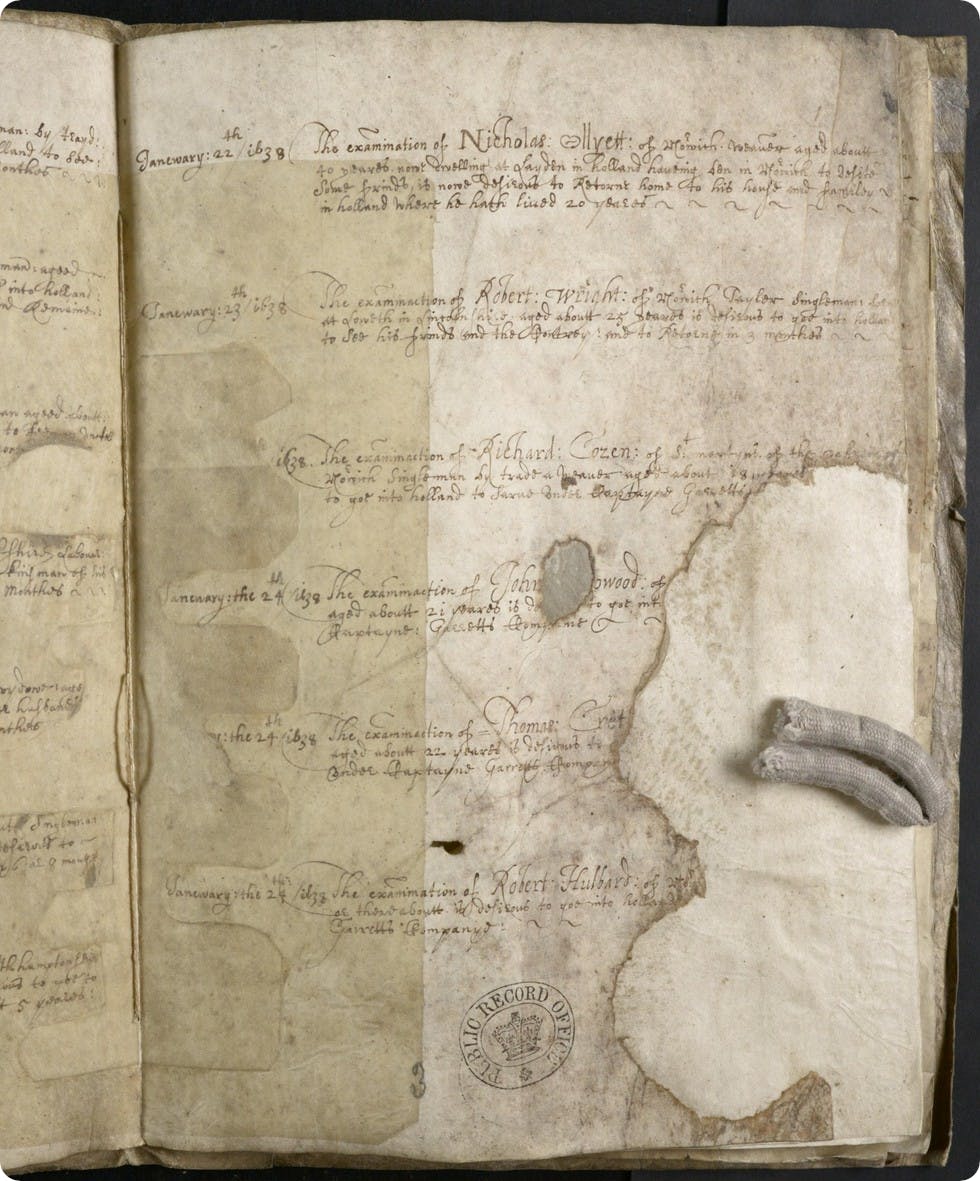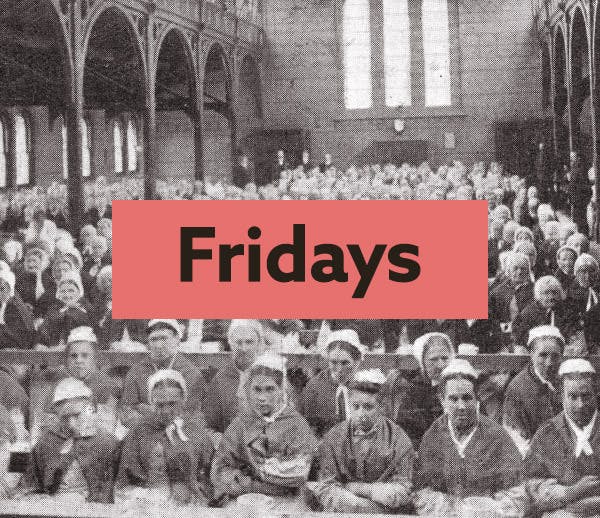11 Tips For Reading Old Handwriting
6-7 minute read
By The Findmypast Team | October 25, 2016
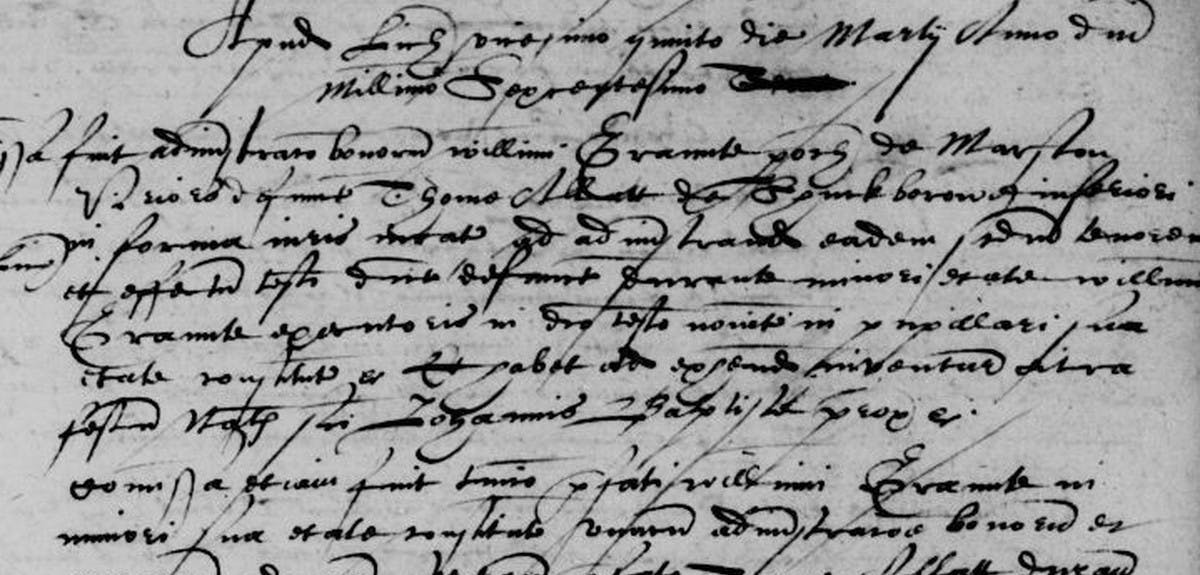
If you've ever looked for your ancestor in old record sets, then chances are you've come across some pretty difficult handwriting to maneuver. Handwriting can be a challenge because not only has the English language evolved over history, spelling changed, the way we abbreviate words changed, just being able to interpret someone's unique style of writing can be a mystery and challenge in of itself. If you've ever spent hours browsing through our old record sets, such as some of our parish records or our recent release of the Britain Registers of Licences to pass beyond the seas, then you may have been baffled by the old handwriting.

Paleography, or the study of old handwriting, is an art form, to say the least. Not only does paleography require many years of careful studying and analysis, it is also deeply rooted in history and the understanding of historical documents. The good news is that you don't have to be a paleographer to interpret your family's records. With a few tips and strategies, you'll be interpreting those 1600's registers of licenses to pass beyond the seas in no time. Please do keep in mind that this is a very brief list of tips to help get you started with your own paleography research and is by no means exhaustive. Remember as you work at analyzing different texts, you'll get better at it. As with most things in life, practice makes perfect.
This may seem like an obvious first step, but when you're in the whirlwind of breaking down brick walls, building your tree, and collecting every piece of information you find, often times we forget about these big picture aspects. Before you begin studying the handwriting in an original image you have at hand, analyze the document type you have a hold of. If it's a probate record, you'll likely see legal terms used throughout. If it's a travel or migration record, as seen below, you might find a pattern of commonly used terms related to passage. Before you begin your handwriting research, jot down a few related words to the document you're reviewing to help you make judgment calls about those tricky-to-decipher words you may encounter later on.
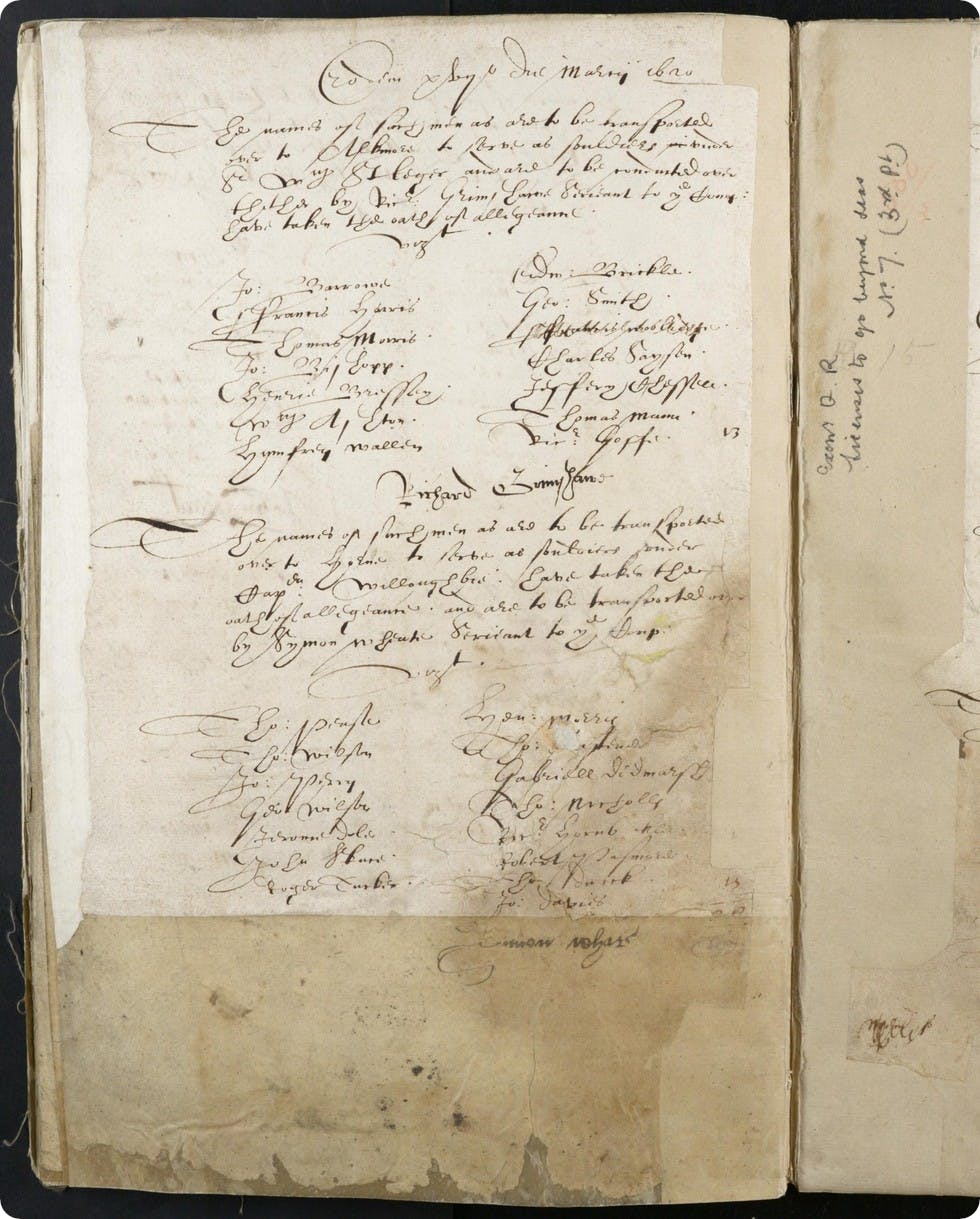
Image from the Britain Registers of Licence to Pass Beyond the Seas
Take 3 deep breaths, and start your analysis very slowly. When in the midst of genealogy research, it can be difficult to remember to slow down and take everything in. Analyzing old handwriting takes time, so be sure to carve out time to do it so that you won't feel rushed during your analysis.
We often miss key indicators and clues in a document when we read too quickly through them, so it is essential that you slow down and evaluate word by word, then letter by letter, then back to word by word again.
Begin by reading the document for content to the best of your ability. You might not be able to read a lot of the document, or it may be a breeze, either way, you need to make sure to give the document a one-time read-over so that you get reading the document out of your system. You must read the document so that you don't get overeager as you're looking closely at every letter, word, and phrase later on.
Next, begin your letter by letter read. Do not try to interpret words, just try to determine what letters are in your document. The easily identifiable letters will be your keys to unlocking the rest of the words and phrases.

Try to collect variants of the same letter for your "key" to help you identify variants

Find 1 easy to detect letter for your "key" to decipher other words later on

Notice the differences between how "A" is written in each example
Once you've done a letter by letter read, go back and read word by word using the letters you've already discovered to help you uncover words and phrases you're not sure about.
If you're really stumped at one or two phrases or a whole section in your analysis, try reading what you can aloud and try sounding out the document. You might be surprised by what hearing yourself read can reveal. Reading it aloud and listening to words spelled phonetically can help you recognize words with alternate spellings or archaic words that have similar counterparts in modern English.
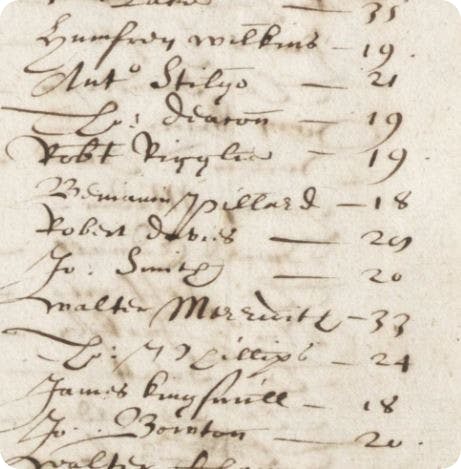
Image from the Britain Registers of Licence to Pass Beyond the Seas
If you're really struggling getting used to the handwriting, try writing the document yourself. Print out the record set you're looking at online and lay some trace paper over it. Slowly trace each letter of each word on your own. You might make discoveries by going through the motion yourself to feel the differences in the letters. Plus, writing in the past was much more decorative than it is today and going through to decipher what's a decorative loop versus an "o" or an "e," for example, will give you a better feel for the text you're evaluating.
One thing to watch out for is uncrossed t's and undotted i's in the records, or misplaced slashes and dots. If you've ever forgotten to cross a t or dot an i when jotting something down quickly, chances are your ancestors did as well, so if you think you have a t, but don't have it crossed, this could be the case. The same goes with i's. It's also a possibility that the i's were dotted further down the word and not right above the i, especially if there are a lot of humps and loops in the word.

In this example, the "t" in Elizabeth is not crossed, while obvious in this example it might not be as obvious in other records
The letter "s" is a commonly confused letter that causes many genealogists headaches when interpreting old handwriting. Often in the past, the letter "s" was written like a backward, cursive "f," especially in instances where there are 2 s's in a row in a word. See how Jesse is written below, and nope that's not Jefse.

Nope, this isn't Jefse, it's Jesse
"S"s may also resemble the letter "p" so keep an eye out for that!
"S" may also be confused with an L, so use context clues and letters from your "key" to determine which is which.
One common abbreviation in the past was to abbreviate "th" with a character that closely resembles the letter "y." So, if you encounter a document that looks like "ye" that could mean "the." You might also see the "e" written as a superscript because it wasn't uncommon for the abbreviations to be written as the main letter with the rest superscripted with or without a line underneath.
You may also see "yt," which is an abbreviation for that. "Y" is the abbreviation for "th" followed by a "t" would be "tht" or "that."
When you're getting frustrated, feeling as if you can't analyze the document any longer, or feel as if you're not getting anywhere with your analysis, step away from the document. Let both your eyes and the document "rest," so that you can approach it again at a later date with fresh, non-biased eyes. After studying one document for hours, you may be missing slight differences and changes in the handwriting that could be a key clue to uncovering the letter you're stuck on. Let your eyes and brain rest for a bit and chances are you'll make a new discovery upon visiting it again.

